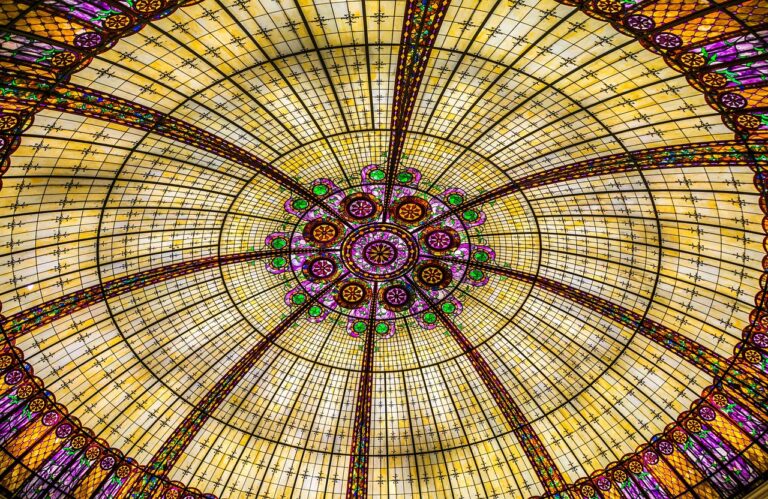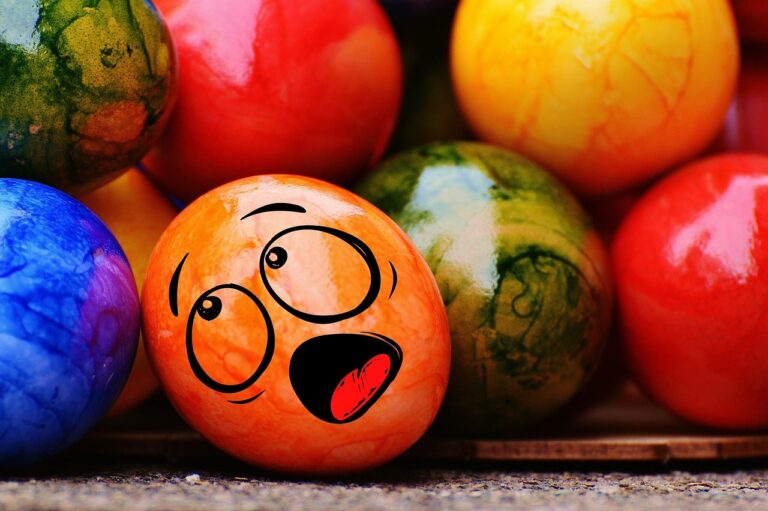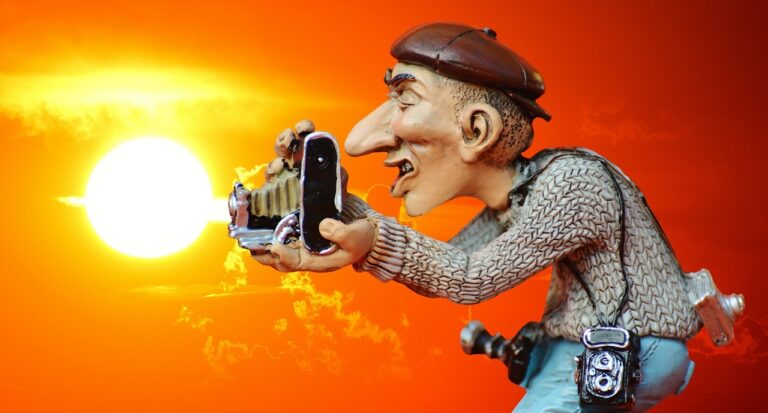Literature’s Impact on Visual Media
Film adaptations of literary works have long been a popular trend in the entertainment industry. From classic novels to modern bestsellers, filmmakers have found inspiration in the pages of books to bring stories to life on the big screen. Many successful movies have emerged from well-known literary works, captivating audiences with their visual interpretation of beloved characters and plots.
One of the key challenges in adapting literature into film lies in capturing the essence of the original work while translating it into a different medium. Filmmakers often face the task of condensing lengthy narratives into a two-hour movie, carefully selecting which elements to emphasize to do justice to the source material. Despite the limitations of the screen, successful adaptations have managed to evoke the same emotions and themes that made the original literary work resonate with readers.
The role of classic novels in shaping television series
Classic novels have long been a significant source of inspiration for television series. Their rich characters, intricate plot lines, and timeless themes offer a treasure trove of material for adaptation onto the small screen. Show creators often turn to these beloved literary works to bring depth and complexity to their storytelling, connecting with audiences on a deeper level.
The influence of classic novels can be seen in the way television series delve into complex social issues, explore moral dilemmas, and portray multifaceted characters. By drawing from the themes and narratives of renowned works of literature, TV shows can engage audiences with thought-provoking storytelling that transcends time and resonates with viewers across generations. Through the lens of classic novels, television series can offer a fresh perspective on familiar tales and bring new life to timeless stories.
How poetry has inspired visual storytelling in movies
Poetry, with its lyrical and evocative language, has long served as a wellspring of inspiration for filmmakers looking to infuse their visual storytelling with depth and emotion. The vivid imagery and profound themes found in poetry provide a rich tapestry for directors and cinematographers to draw upon, enhancing the narrative and visual elements of their films.
Through the use of poetic devices such as metaphor, symbolism, and rhythm, filmmakers are able to craft visually stunning scenes that resonate with audiences on a profound level. From the sweeping landscapes in epic films to the intimate close-ups in character-driven dramas, the influence of poetry can be seen in the meticulous attention to detail and the careful composition of each frame.
• Filmmakers often draw inspiration from specific poems or poets, adapting their work into cinematic masterpieces
• The use of poetic language in dialogue can add layers of meaning and emotion to a film’s script
• Visual motifs inspired by poetry, such as recurring symbols or colors, can create a sense of unity and coherence throughout a movie
• Poetic storytelling allows filmmakers to explore complex themes and emotions in a more abstract and nuanced way than traditional narrative techniques
How has literature influenced film adaptations?
Literature has had a significant impact on film adaptations by providing rich source material for filmmakers to draw from. Many classic novels and poems have inspired some of the most iconic movies in cinema history.
Can you give examples of classic novels that have shaped television series?
Yes, classic novels such as “Pride and Prejudice,” “Jane Eyre,” and “War and Peace” have been adapted into successful television series, showcasing how literature continues to influence storytelling across different mediums.
How has poetry inspired visual storytelling in movies?
Poetry has inspired visual storytelling in movies by providing filmmakers with a unique source of emotions, imagery, and themes to incorporate into their films. Poetic language and symbolism can add depth and complexity to the visual storytelling of a movie.







